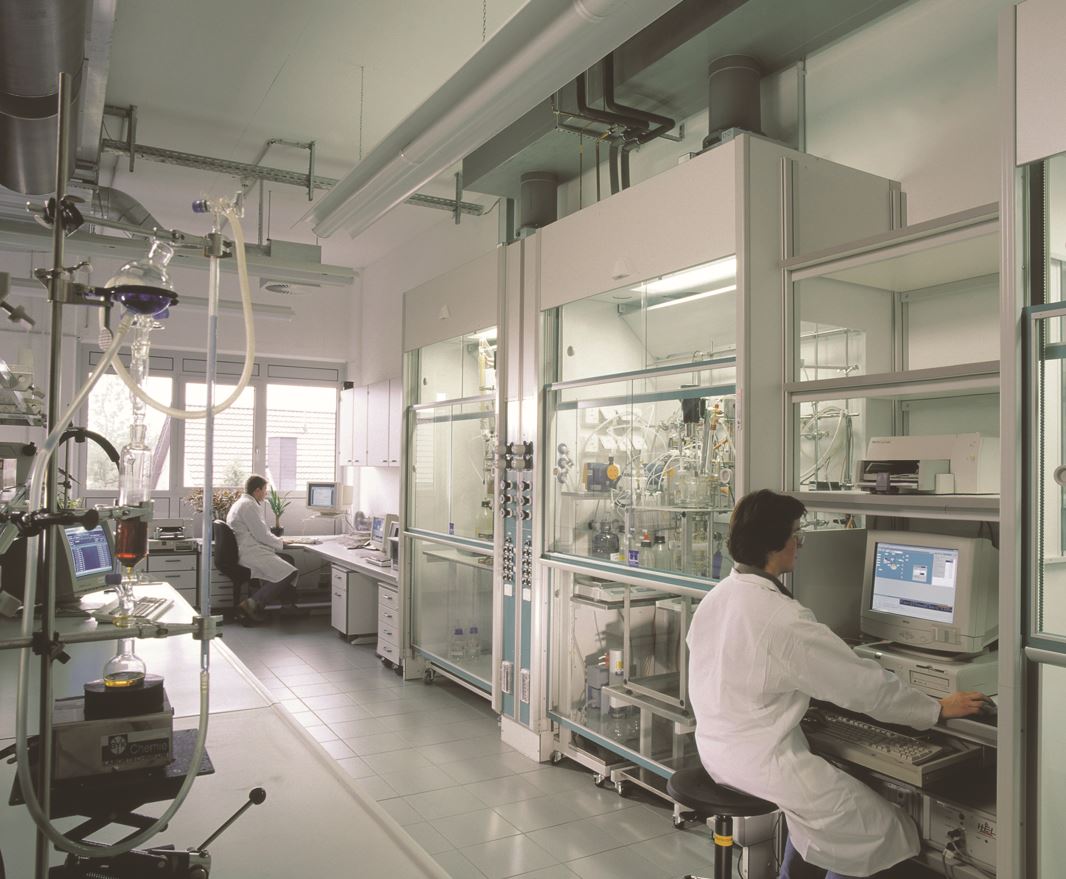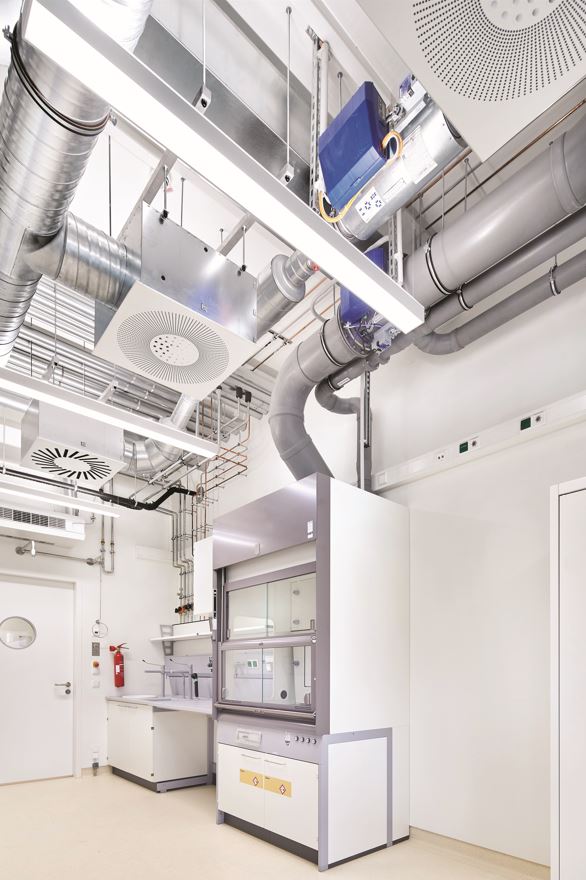
Ian Thomas, Product Manager – LabControls, TROX UK suggests seven ways to bring down running costs for science departments
Escalating energy costs are placing financial pressures on higher education estates, with science campuses a particular concern. Energy consumption of laboratories is around three or four times that of offices on a square metre basis, making laboratory buildings responsible for between 50% and 80% of the total energy- related (non-residential) carbon emissions of research-intensive universities. However, there are a number of measures that can be taken to reduce science campus energy consumption without compromising health and safety or the integrity of research.
